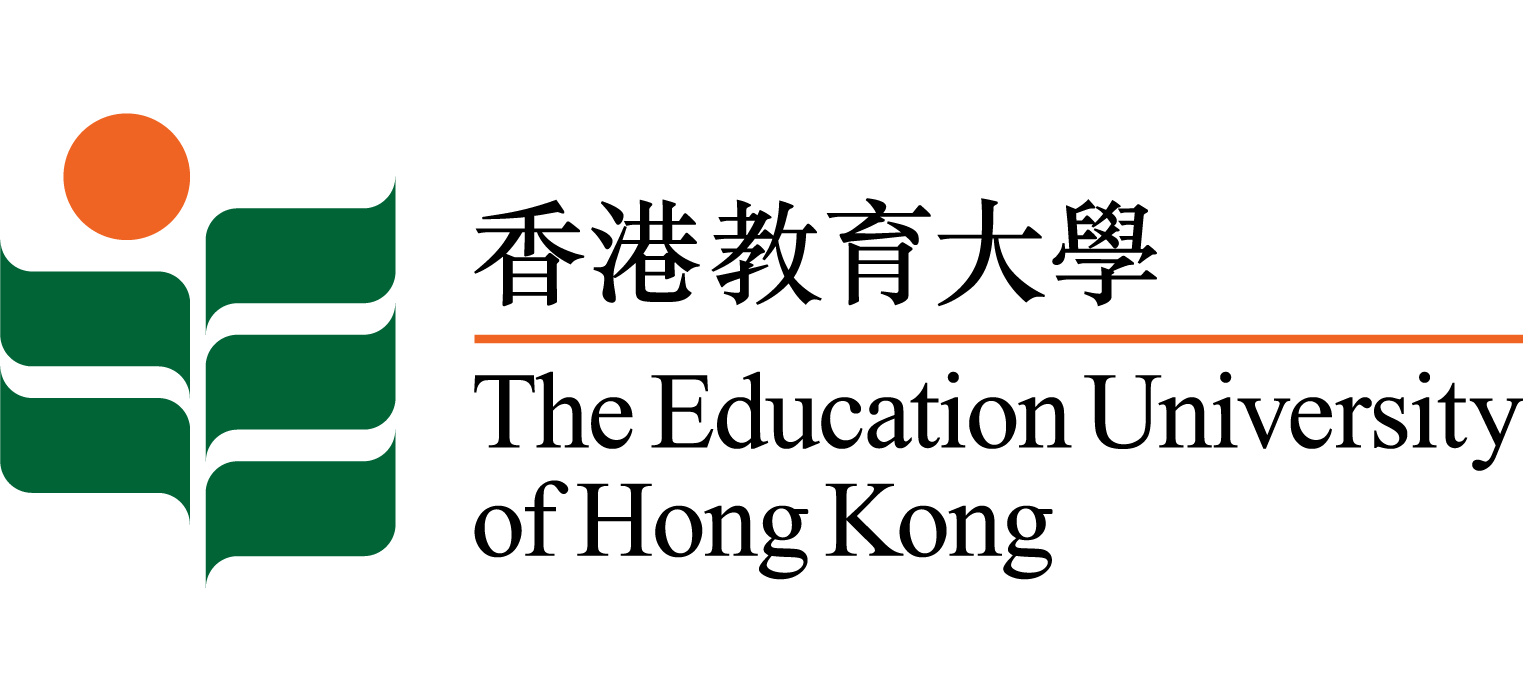Journal Articles
Advantages of video trigger in problem-based learning
- Advantages of video trigger in problem-based learning
-
- Chan, Lap Ki Institute of Medical and Health Sciences Education, Li Ka Shing Faculty of Medicine, and Department of Anatomy, University of Hong Kong
- Patil, Nivritti G. Institute of Medical and Health Sciences Education, Li Ka Shing Faculty of Medicine, and Department of Surgery, University of Hong Kong
- Chen, Julie Y. Institute of Medical and Health Sciences Education, Li Ka Shing Faculty of Medicine, and Department of Medicine, University of Hong Kong
- Lam, Jamie C. M. Department of Medicine, Queen Mary Hospital, Hong Kong
- Lau, Chak S. Division of Medicine and Therapeutics, Ninewells Hospital and Medical School, University of Dundee, Dundee, UK
- Ip, Mary S. M. Institute of Medical and Health Sciences Education, Li Ka Shing Faculty of Medicine, and Department of Medicine, University of Hong Kong
- Medical Teacher, 32(9), 760-765, 2010
- Informa Healthcare
- 2010
-
- Hong Kong
-
- 1997.7 onwards
-
- Post-Secondary Education
- Background: Traditionally, paper cases are used as 'riggers' to stimulate learning in problem-based learning (PBL). However, video may be a better medium because it preserves the original language, encourages the active extraction of information, avoids depersonalization of patients and allows direct observation of clinical consultations. In short, it exposes the students to the complexity of actual clinical problems. Aim: The study aims to find out whether students and facilitators who are accustomed to paper cases would prefer video triggers or paper cases and the reasons for their preference. Method: After students and facilitators had completed a video PBL tutorial, their responses were measured by a structured questionnaire using a modified Likert scale. Results: A total of 257 students (92%) and 26 facilitators (100%) responded. The majority of students and facilitators considered that using video triggers could enhance the students' observational powers and clinical reasoning, help them to integrate different information and better understand the cases and motivate them to learn. They found PBL using video triggers more interesting and preferred it to PBL using paper cases. Conclusion: Video triggers are preferred by both students and facilitators over paper cases in PBL.[Copyright of Medical Teacher is the property of Informa Healthcare . Full article may be available at the publisher's website: http://dx.doi.org/10.3109/01421591003686260]
-
- English
- Journal Articles
-
- 0142159X
- https://bibliography.lib.eduhk.hk/bibs/18340e38
- 2011-01-21
Recent Journal Articles
Modelling trait and state willingness to communicate in a second language: An experience sampling approachJournal Articles
Teaching national identity in post-handover Hong Kong: Pedagogical discourse and re-contextualization in the curriculumJournal Articles
Paradoxes in intercultural communication, acculturation strategies and adaptation outcomes: International students in Hong KongJournal Articles
The efficacy of the Peace Ambassador Project: Promoting children's emotional intelligence to address aggression in the early childhood classroomJournal Articles
Brokering school improvement through a school–university partnership: A longitudinal social network analysis of middle leadership developmentJournal Articles
L2 English listeners’ perceived comprehensibility and attitudes towards speech produced by L3 English learners from ChinaJournal Articles
School students’ aspirations for STEM careers: The influence of self-concept, parental expectations, career outcome expectations, and perceptions of STEM professionalsJournal Articles
Fundamental movement skills in Hong Kong kindergartens: A grade-level analysisJournal Articles



 EdLink
EdLink